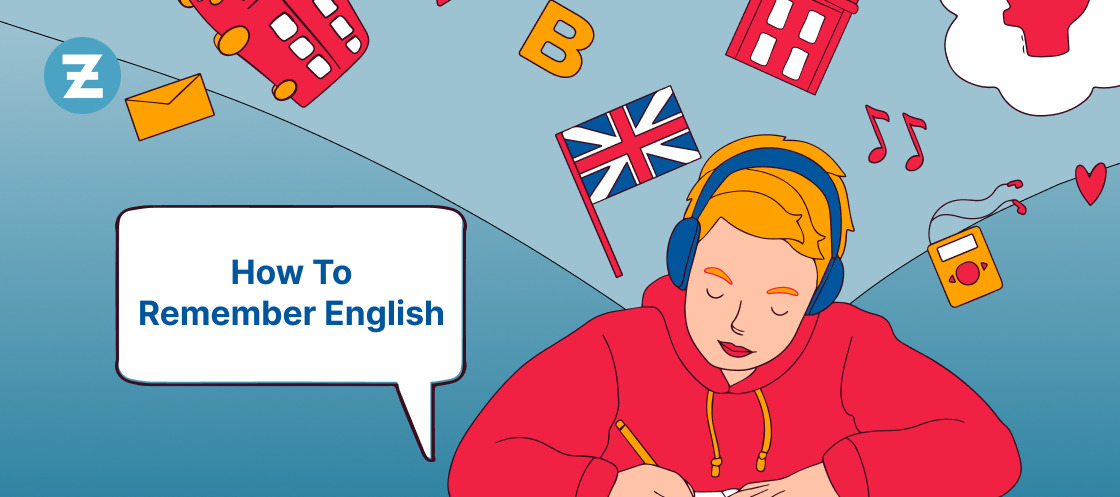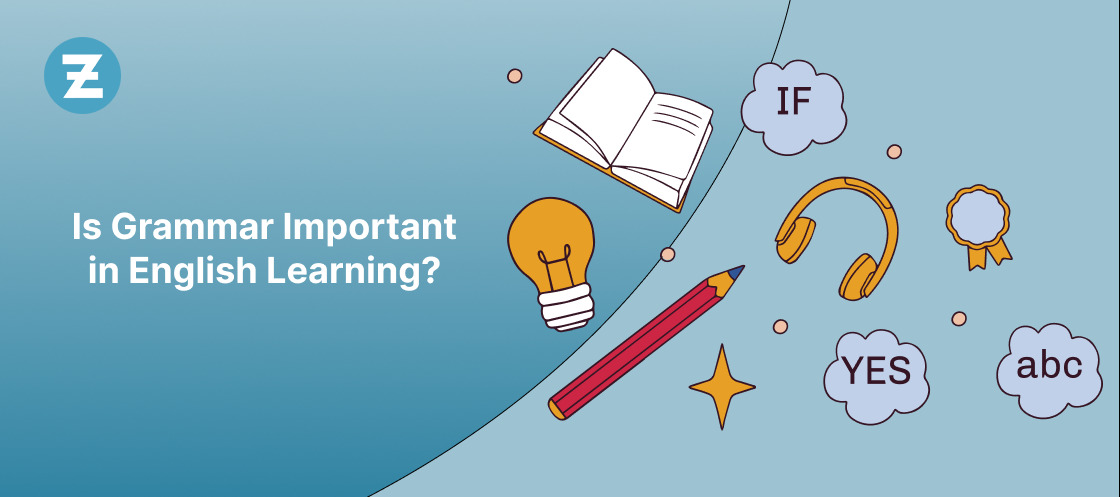Politeness is a universal tool for positive communication, and it transcends the cultural gap. It is not only saying “please” or “thank you” as an English politeness master. In learning politeness in English, one must understand the subtleties of language, cultural contexts, and social dynamics. This paper will look at seven vital ways to manage your manners in English.
For anyone attempting to understand why politeness matters in English conversation, they have to recognize that it helps in building relationships, resolving conflicts, and crossing diverse cultures. Now let us begin with the seven tips on how to behave properly when speaking English beyond just being polite.
Foundations for Politeness in English: Mastering the Basics
Politeness is not a simple facade or coating; it is dynamic and an integral aspect of language. The complexities of polite discourse call for insight into what defines politeness, its range, and its conditions so as to navigate around it. For English, politeness goes beyond the use of ‘please’ and ‘thank you’. It encompasses certain choices in language, etiquette, or behavior that indicate respect and consideration for others.
The history of politeness in linguistics gives some directions about how it presently appears. Understanding the linguistic basis underlying politeness, from the early theories on strategies of politeness to present-day analyses on face-threatening acts, enables one to become more effective in using politeness.
Read also: Step Clear of Errors: Mastering Common English Spelling Mistakes
The Power of Greetings
Greetings form the foundation of interaction, and the tone of conversation is established through them. In English, greetings are beyond a simple “hello.” The strength of a warm greeting lies in its ability to create rapport and a positive environment. However, because of the various cultural influences within the English-speaking world, greetings differ largely.
When you are greeting someone, it is important to note that there are different levels of politeness. Therefore, the art of saying hello has a lot to do with cultural differences, requiring adjustment and adaptation to local customs as well. This part will cover the delicate nuances of greetings that make English a polite language.
Articulate Expressions and Gratitude
Politeness is not merely about avoiding rudeness; it involves actively showing consideration for others. This calls for the formulation of clear expressions and honest, thankful thoughts. The words you use to make a request or give a compliment are important.
Polite requests in English often involve the use of conditional language and softened expressions. Thus, “Could you please…” sounds much more polite than giving a direct order. Additionally, saying thank you can go beyond simply saying “thank you.” Appreciation shows that one knows when and how to appreciate, which adds value to polite communication.
| Level Up Your English Game! Ready for a linguistic adventure?
Download ZoundsLike App Now |
Non-Verbal Cues in Polite Communication
Communication is not limited to words alone but can be done through non-verbal cues as well. The importance of body language in English cannot be overemphasized. Proper eye contact maintenance, the use of open gestures, and expressing active listening skills all contribute to an overall polite impression.
At this point, we will look at how non-verbal cues affect polite communication. Regardless of whether you are in a professional meeting or an informal conversation, knowing how to make your body language align with the situation helps you to politely communicate.
Navigating Politeness in Written Communication
Everywhere in the digital age, there is written communication, and even politeness governs emails, messages, and other forms of writing. Politeness in writing does not just depend on word choice but also on message tone and structure.
For instance, writing a polite email requires attention to fine points like proper greetings, clarity in communication, and a respectful ending. This part is about the etiquette of written communication, which gives ideas on being professional as well as polite in different types of writing.
Handling Disagreements with Diplomacy
In any communication, it is impossible to avoid disagreements; however, how they are dealt with will determine the level of politeness in an interaction. In this section, we will examine the use of constructive language and the art of settling disputes with diplomacy in English conversation.
Being polite while disagreeing means appreciating that other people have a different opinion without shutting them out. Making the right word choices, paying attention to the speaker, and finding a common ground help to have a better outcome than observes respect.
Social Etiquette in English-Speaking Environments
Politeness goes beyond personal encounters to social gatherings and public spaces. If you know the rules of engagement in different English-speaking environments, you will know how to act and conduct yourself in them without offending the locals or their culture.
This section involves a series of societal norms that are good manners in different contexts, from greetings to eating conventions. It is important to understand cultural expectations, as it helps people show respect and inclusion.
Read also: Navigating Grammar Challenges: A Comprehensive Step-by-Step Approach
Cultural Sensitivity in Politeness
To be fully polite in English, you must respect and value the cultural diversity that exists within it. This section describes cultural sensitivity, explains cross-cultural discrepancies, and offers suggestions for adapting politeness strategies to different English-speaking situations.
When you understand and appreciate the cultural intricacies, it will be possible to have good relations with people from different backgrounds. Consequently, knowing various communication techniques can help you adjust to any given cultural norm.
Continuous Improvement in Politeness
There is no such thing as permanent politeness; it is always a moving target that requires constant improvement. Finally, the last part underscores the significance of self-evaluation, asking for opinions, and how to become more polite.
You are advised to think about your speaking habits, do a self-assessment of what needs to be changed, and seek other people’s advice. For instance, language improvement leads to more respect, thinking through mental processes,, and communicating effectively.
Conclusion
In essence, mastering politeness in English involves understanding diverse languages, cultures, and social cues. The provided seven strategies offer a practical guide to enhance communication skills across English environments, reflecting respect and fostering connections within the global English-speaking community. Explore language intricacies at ZoundsLike and enhance language skills with an interactive language learning app. For inquiries or further linguistic exploration, contact us for more fun English learning. Happy Learning!








